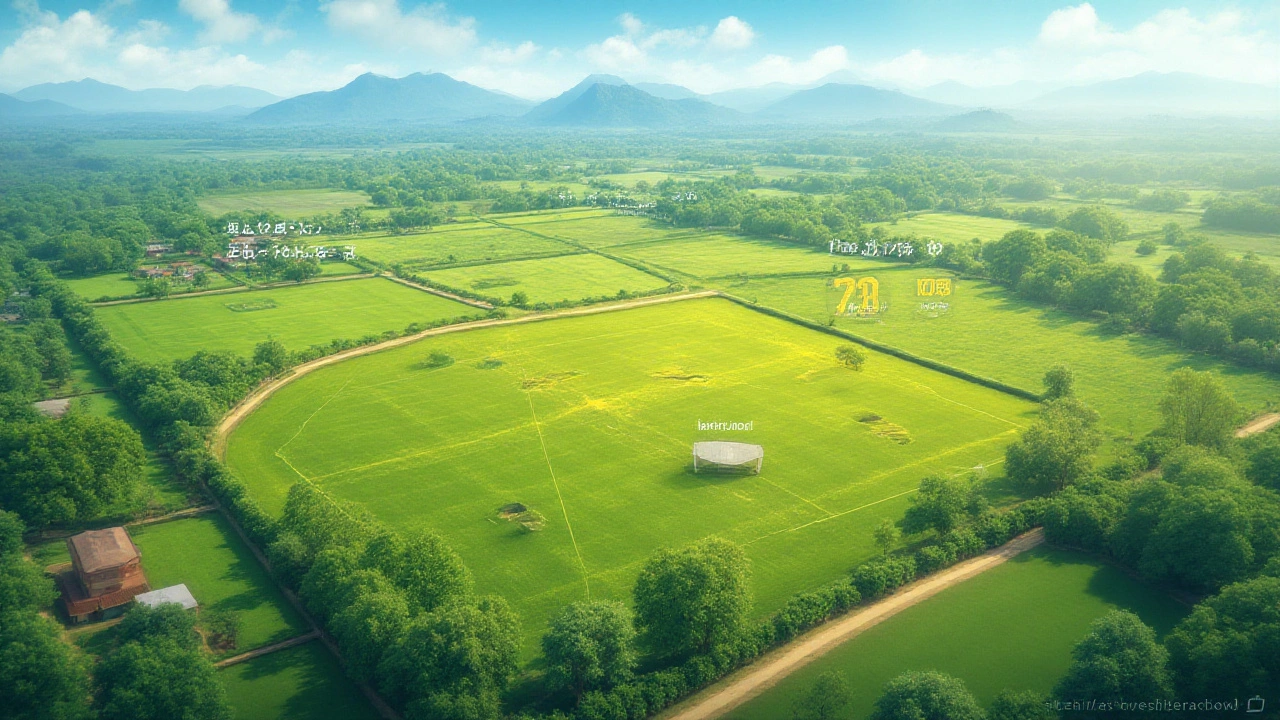If you’ve ever heard someone say they own “20 acres,” you might wonder what that actually looks like. Picture a square about 300 meters on each side – that’s the size you’re dealing with. It’s not a tiny backyard, but it’s also not a huge farm. Knowing the real estate value, possible uses, and practical tips can help you make the most of those 20 acres.
In India, land prices vary a lot by state, city, and even neighborhood. In rural parts of Maharashtra or Karnataka, you could find 20 acres for a few crore rupees, while in the outskirts of Delhi or Mumbai the price can skyrocket to tens of crores. The best way to get a realistic number is to check recent sales on local portals, talk to a trusted realtor, and factor in taxes, registration fees, and any development charges. Don’t forget to ask about water rights – those can add or subtract a lot from the price.
Twenty acres give you enough room for several profitable ventures:
Before you decide, think about water availability, soil quality, and local zoning rules. A simple soil test costs a few thousand rupees and can save you from planting crops that won’t thrive.
When it comes to cattle, the most common question is “how many cows can 20 acres support?” The answer depends on pasture quality, rainfall, and feed supplementation. In good conditions, 1 cow per acre works. If the land is dry, you might need to provide extra feed, which raises cost. Most successful small farms keep the stocking rate a bit lower than the maximum to avoid overgrazing.
If you’re looking at a quick profit, subdividing the land can be tempting. However, each subdivision will require road access, electricity, and proper approval from the local planning office. Skipping these steps can cause legal headaches later.
Finally, always have a backup plan. Land is a long‑term asset, and market conditions can change. Having a mix of income streams – like a few acres for crops, a few for livestock, and a small portion for solar – spreads risk and keeps cash flow steady.
Bottom line: 20 acres is a versatile piece of property that can feed a family, generate income, or become a future investment. Do your homework on price, check local regulations, and pick the use that matches your budget and goals. With careful planning, those 20 acres can turn into a reliable source of wealth and security.

Discover how far 20 acres is in miles, get vivid comparisons, and learn land size basics. Perfect for buyers, sellers, and curious minds alike.